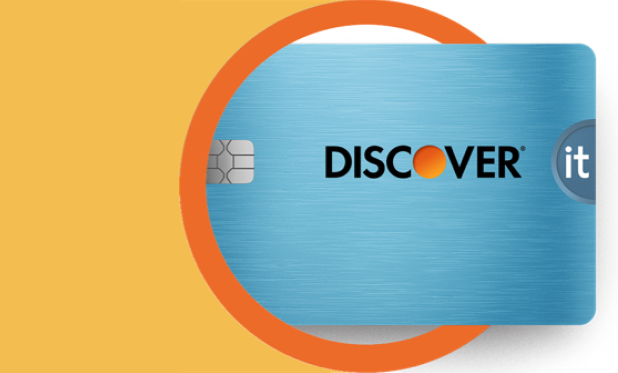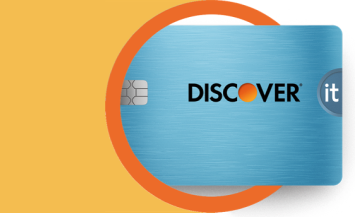When you apply for any type of loan—from credit cards to mortgages and beyond—your lender typically has to estimate your likelihood of repaying your debt. That’s where credit risk comes in.
Credit risk measures a borrower’s likelihood of failing to repay a loan and losing a lender’s money. If someone has a lot of debt or a rocky credit history, they could represent a financial risk to the lender. There’s no way to know for certain whether an applicant will pay back what they borrow. Instead, lenders often rely on several risk factors to assess creditworthiness and make lending decisions.





